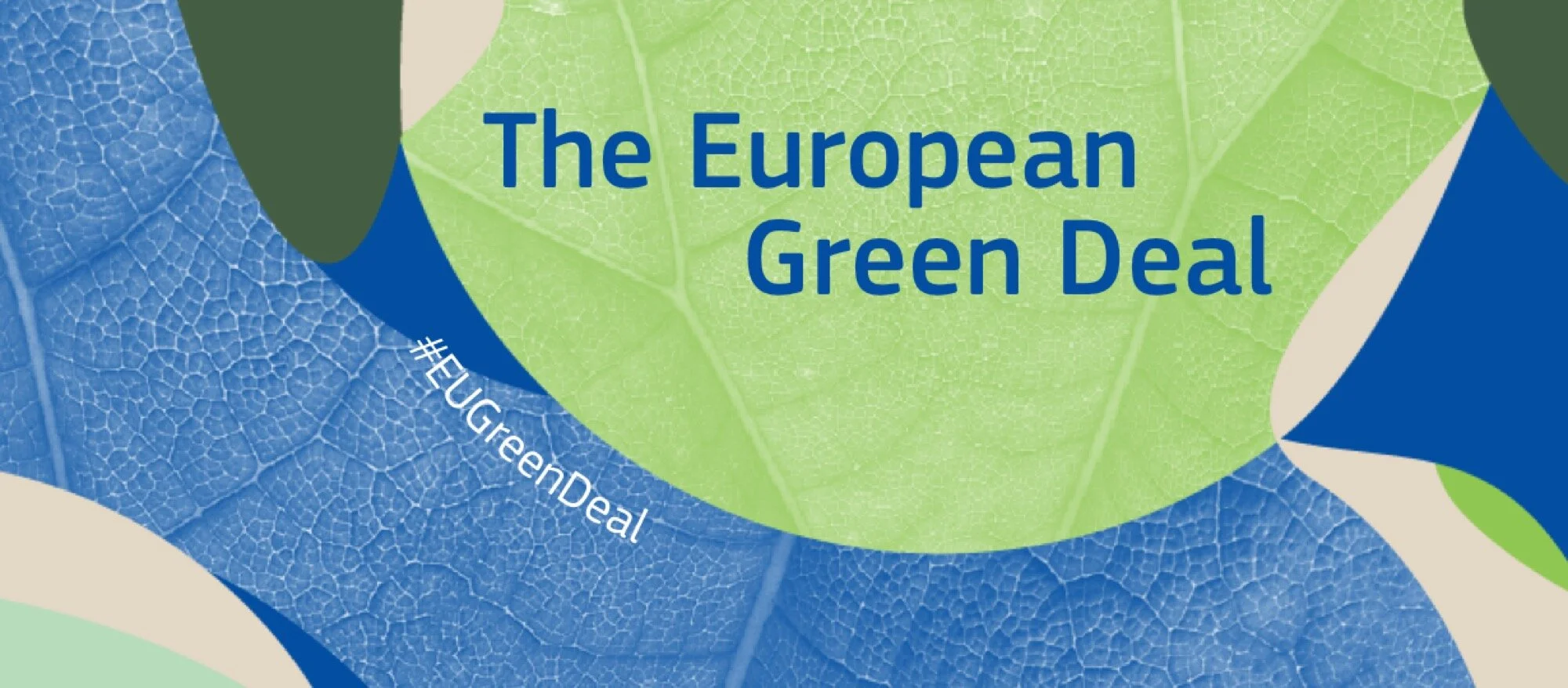In a moment when our society has received signs that changes are necessary, with the pandemic showing that we are too dependent on sectors that don’t bring added value, and scientists advising about the environmental crisis that is about to come, Europe is preparing a plan supposed to transform our economic model into a more circular and sustainable one. But how can design help to implement these changes?
Read MoreHere you can see the video of the talk-debate of our director, Àlex Jiménez, with Albert Fuster, the academic director of the Elisava design school, about circular design, where does this concept come from, what situation is it currently in and how It can help us project ourselves into the future in a more sustainable way.
Read MoreSurely it is still too early to analyze what is happening these days, we have neither the perspective nor the cool head that a few months of routine will give us. Even so, and at the risk of being wrong for not waiting a couple of months, we have some thoughts that we want to share. These thoughts completely go beyond the field of design - although they may be related to it - but they do have a direct relationship with sustainability and our model of society.
Read MoreCOP25, the international conference about climate change organized by the United Nations, is currently being held in Madrid with the assistance of 197 countries. After the signing of the Paris agreement at COP21 four years ago, this event will involve an update of the action plan designed then: to maintain the temperature increase below 1.5 degrees, to achieve the neutral carbon footprint by 2050, greater transparency and ambition of countries in terms of the commitments they make about climate change, and to favour climate finance with a sort of Green Climate Fund among others.
Read MoreA really popular swedish brand presented few months ago a new set of curtains produced with a fabric that absorbs co2 thanks to a process comparable to photosynthesis. We have no idea about the exact amount of co2 that this material is capable to absorb, but it seems a great idea. Anything that contributes to improve wellbeing in our homes must be considered a step forward. We also appreciate and admire innovation and novelty, and new materials are one of the most important areas of learning, because to be aware of a new one and to apply it properly can make better any project. Many of the advances that have been made in our history have been thanks to new materials, and you only have to look at the age of bronze, the iron one, or the so-called age of silicon to realize, so well done guys!
Read MoreWhat can design do to solve the problem we presented in our previous post? A lot. Like we always say, design alone can just take small steps, we need companies (our clients) scientists and engineers (our colleagues) and specially consumers to make a real impactful change. Nevertheless, design has a strategic role which can show the way to the other actors in the scene.
Read MoreWe are not the first to say that in a global reality where there are increasingly more competitors, the image of a company is a key factor that must be controlled to send the right message in the intended tone. Consumers want to be identified with the brands they buy, so companies better care about how they present their products.
But packaging is not only a question of image, it is what protects what you want to sell, what the consumer sees in the store, what helps you to use the product in the right way and which completes its -generally short- life cycle by being recycled in the best of cases, or what ends up in a landfill or the sea being eaten by a fish or creating islands of waste in the worst of them.
Read MoreIf you follow us you probably know that since our beginning in 2009 we have always been very interested in design teaching and theory. One of our favourite sports is to grab a coffee/beer/wine and to spend a couple of hours solving the world, from the design point of view of course, but not only! We have years of experience giving lectures, workshops, classes and writing articles about design, sustainability and more in many different scenarios. We strongly believe that before acting you always have to think, but not too much, balance is the key!
Read More







